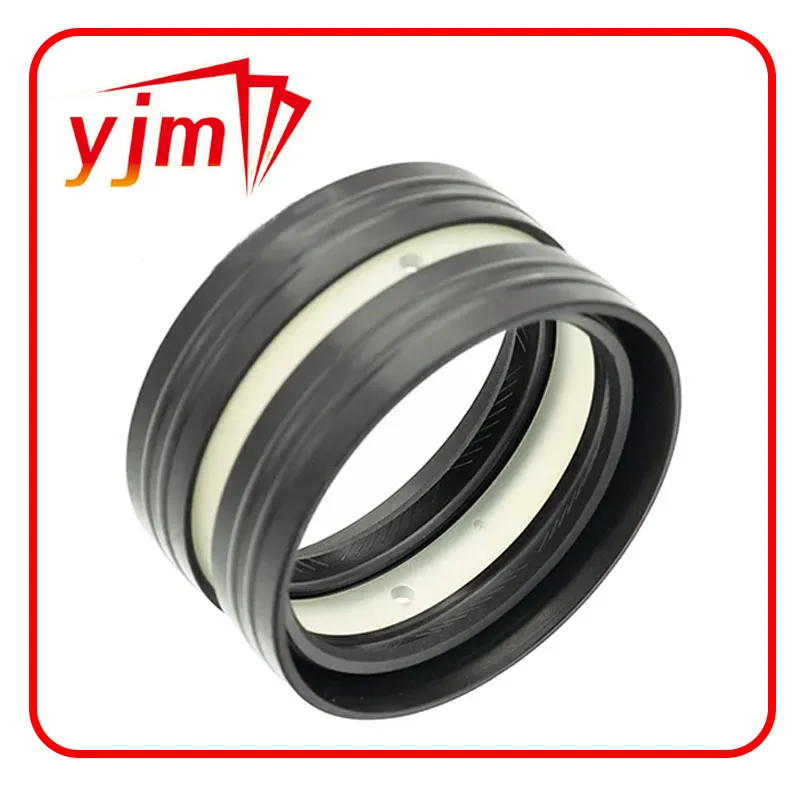m14 x 1.25 oil drain plug
Understanding the M14x1.25 Oil Drain Plug
Oil drain plugs are critical components for maintaining the health and functionality of automotive engines. Among various types available, the M14x1.25 oil drain plug stands out due to its size and threading specifications. In this article, we will explore the importance of oil drain plugs, the specifics surrounding the M14x1.25 size, its applications, and best practices for installation and maintenance.
What is an Oil Drain Plug?
An oil drain plug is a small yet vital part of an engine’s lubrication system. It is located at the bottom of the engine oil pan, allowing for the easy removal of used oil during an oil change. A properly functioning oil drain plug ensures that all used oil can be drained, which is essential for maintaining optimal engine performance and longevity.
Specifications of M14x1.25 Oil Drain Plug
The M14x1.25 designation refers to the size and threading of the drain plug. The M indicates that it is a metric thread, while 14 represents the nominal diameter of the plug in millimeters. The 1.25 indicates that the thread pitch is 1.25 millimeters, referring to the distance between threads. This specific size is commonly found in a variety of vehicles, especially in many European models.
The materials used for manufacturing oil drain plugs can vary, but they are typically made from durable metals such as aluminum or steel, often featuring a rubber or copper washer to ensure a tight seal. The choice of material and design is crucial as it influences the plug's ability to withstand high temperatures and prevent leaks.
Applications of M14x1.25 Oil Drain Plug
The M14x1.25 oil drain plug is widely used in many types of vehicles, including cars, trucks, and motorcycles. Due to its standardized dimensions, it can often replace other plugs of similar size when a replacement is necessary. Whether you're a DIY mechanic or a professional technician, having a reliable oil drain plug is essential when performing engine oil changes.
m14 x 1.25 oil drain plug

Installation and Maintenance
Installing an M14x1.25 oil drain plug is relatively straightforward, but it requires attention to detail to ensure a proper fit and seal. Here are some steps to follow
1. Prepare the Vehicle Ensure the vehicle is parked on a flat surface and that the engine is cool to avoid burns. Gather necessary tools, including a wrench, an oil catch pan, and a new oil drain plug if you're replacing an old one.
2. Drain the Oil Position the oil catch pan beneath the drain plug and remove the old plug using a wrench. Allow the used oil to drain completely before proceeding.
3. Inspect the Plug and Gasket Check the old drain plug for any signs of wear or damage. If the rubber or copper gasket is worn, it’s essential to replace it to ensure a good seal.
4. Install the New Plug Insert the new M14x1.25 oil drain plug, ensuring that it is hand-tight. Follow up with a wrench, but take care not to overtighten, as this can strip the threads or damage the oil pan.
5. Add New Oil After the new plug is in place, pour in the recommended amount and type of engine oil for your vehicle, as specified in the owner's manual.
Conclusion
The M14x1.25 oil drain plug plays a crucial role in the maintenance of vehicle engines, ensuring proper oil drainage during changes to maintain performance and extend the life of the engine. Understanding its specifications and applications can help both novice and experienced mechanics perform oil maintenance more effectively. Proper installation and frequent checks can prevent leaks and costly repairs, underscoring the importance of this small yet vital component in the complex engine assembly. Keeping your vehicle well-maintained not only ensures safety and efficiency but also contributes to better environmental practices by reducing oil spillage during the draining process. Remember, a little attention to detail with parts like the oil drain plug can go a long way in preserving your engine's health.
-
The Ultimate Guide to Car Repair Kits: Tools and Essentials Every Driver Should Own
News Aug.01,2025
-
The Complete Guide to Oil Pan Gaskets: Sealing Engine Leaks the Right Way
News Aug.01,2025
-
Preventing Oil Leaks: A Complete Guide to Oil Pan Gaskets and Drain Seals
News Aug.01,2025
-
Everything You Need to Know About Oil Pan Gaskets and Drain Plug Seals
News Aug.01,2025
-
Essential for Car Owners: How to Use a Car Repair Kit to Deal with Minor Breakdown
News Aug.01,2025
-
Comprehensive Guide to Engine Oil Sump Gaskets and Related Seals
News Aug.01,2025
-
The Ultimate Guide to Boat Propeller Bearings and Trailer Wheel Bearings
News Jul.31,2025
Products categories















